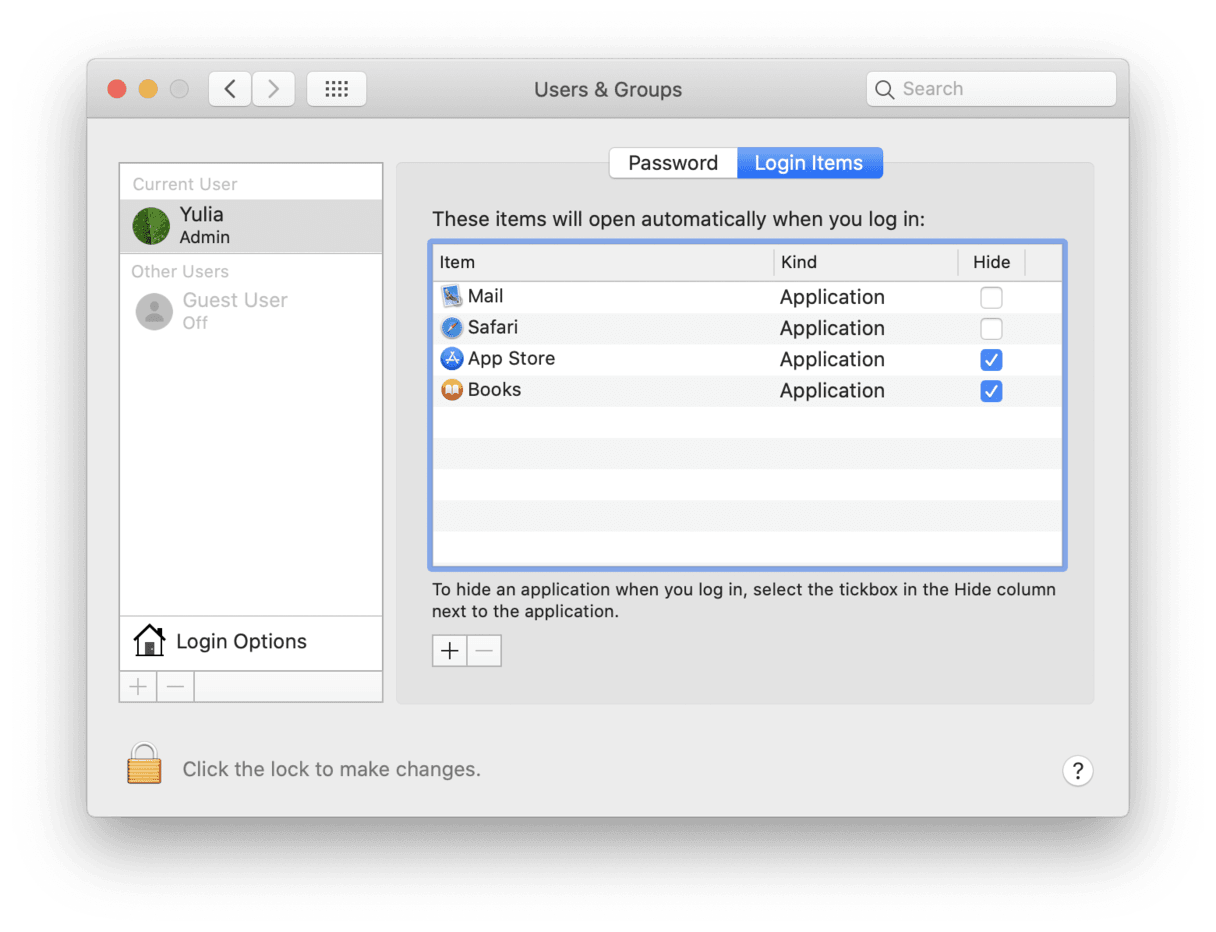Other 7 Tips to Reduce Memory Usage on Mac Manually. Using a Mac cleaning tool to free up memory on Mac is much easiesr and faster. And this way is highly recommended for time-saving clean up. However, if you want to free up memory without using third-party software, here are other 7 extra tips for you to do the job manually. The memory chooser tool looks like this: First choose ‘Apple’ where it says ‘Choose Manufacturer’. Secondly select your mac when it says ‘select product line’ (e.g. IMac or Macbook etc) Finally select the exact model (e.g. Early 2011 i7 27″ iMac”) It will then show you the options you can buy.


Activity Monitor User Guide
Check Computer For Memory Upgrade
Free for RAM and swap usage; You would then use/chain one or many of those to extract one of the information given: ack, sed, grep, head, cut. Note: If you don't plan to 'programmatically' check memory, I would advise you to rather use top to know which processes are using your CPU and RAM. Gnome System Monitor is one of its GUI equivalents. Part 1 Release Internal Memory Space on Mac CleanMyMac 3, a professional Mac cleaner, enables you check and free up memory space on Mac in one-click. Besides, it can also help you delete various kinds of junk files, uninstall useless apps and optimize Mac performance. Let’s check how to release memory space on Mac. Run CleanMyMac 3 on your.
You can see the amount of system memory being used on your Mac.
In the Activity Monitor app on your Mac, click Memory (or use the Touch Bar) to see the following in the bottom of the window:
Memory Pressure: Graphically represents how efficiently your memory is serving your processing needs.
Memory pressure is determined by the amount of free memory, swap rate, wired memory, and file cached memory.
Physical Memory: The amount of RAM installed.
Memory Used: The amount of RAM being used. To the right, you can see where the memory is allocated.
App Memory: The amount of memory being used by apps.
Wired Memory: Memory required by the system to operate. This memory can’t be cached and must stay in RAM, so it’s not available to other apps.
Compressed: The amount of memory that has been compressed to make more RAM available.
When your computer approaches its maximum memory capacity, inactive apps in memory are compressed, making more memory available to active apps. Select the Compressed Memory column, then look in the VM Compressed column for each app to see the amount of memory being compressed for that app.
Cached Files: The size of files cached by the system into unused memory to improve performance.
Until this memory is overwritten, it remains cached, so it can help improve performance when you reopen the app.
Swap Used: The amount of space being used on your startup disk to swap unused files to and from RAM.
To display more columns, choose View > Columns, then choose the columns you want to show.
Apple Computer Memory
You can use Activity Monitor to determine if your Mac could use more RAM.